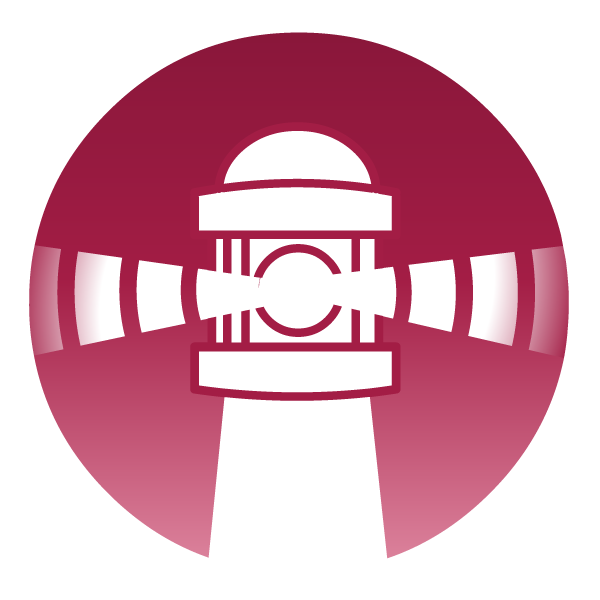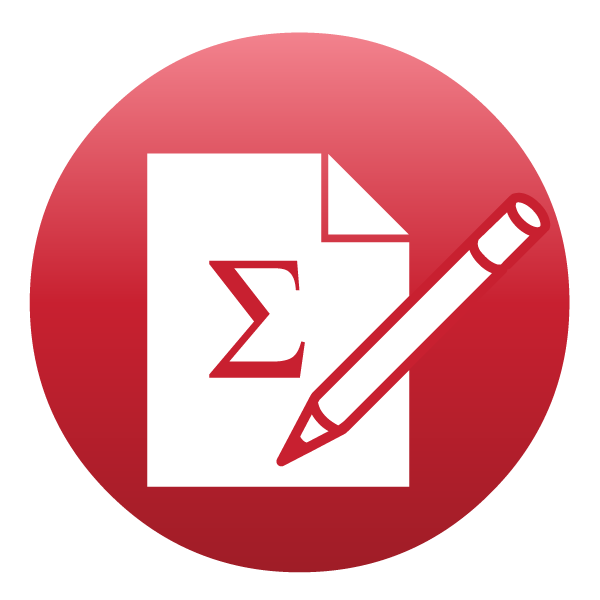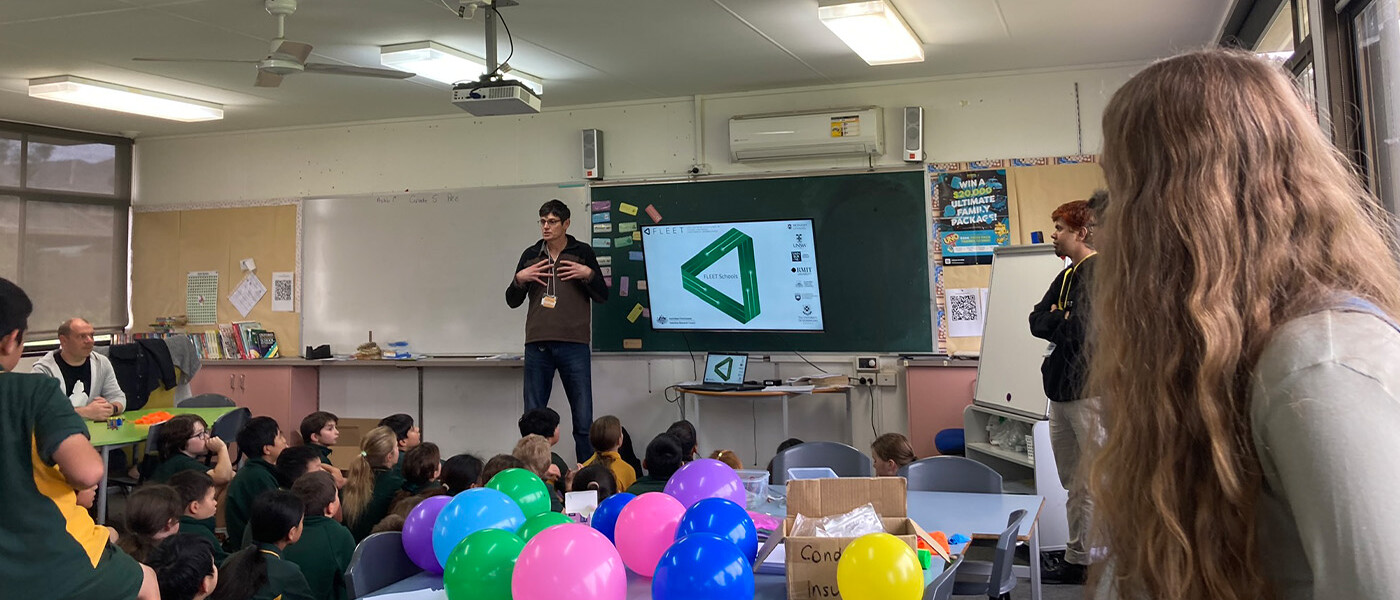
Widening the reach of quantum teaching towards a ‘quantum savvy’ Australia.
Australia’s future industries will include a higher proportion of quantum technologies.
Believing that the process of building a quantum-savvy workforce, and a quantum-savvy community, begins well before a PhD in quantum science, FLEET developed and rolled out new teaching resources at primary school and Year 10 level.
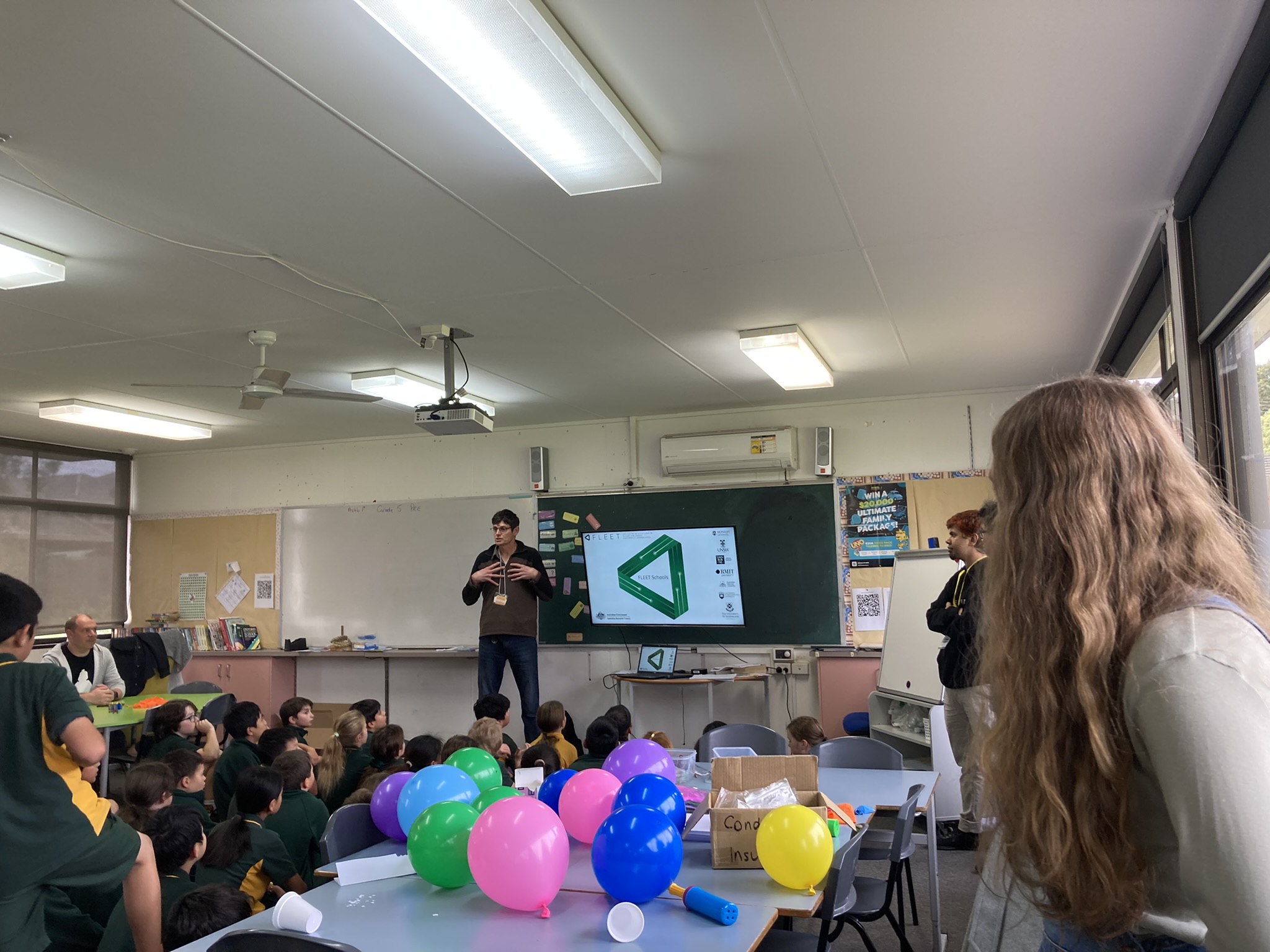
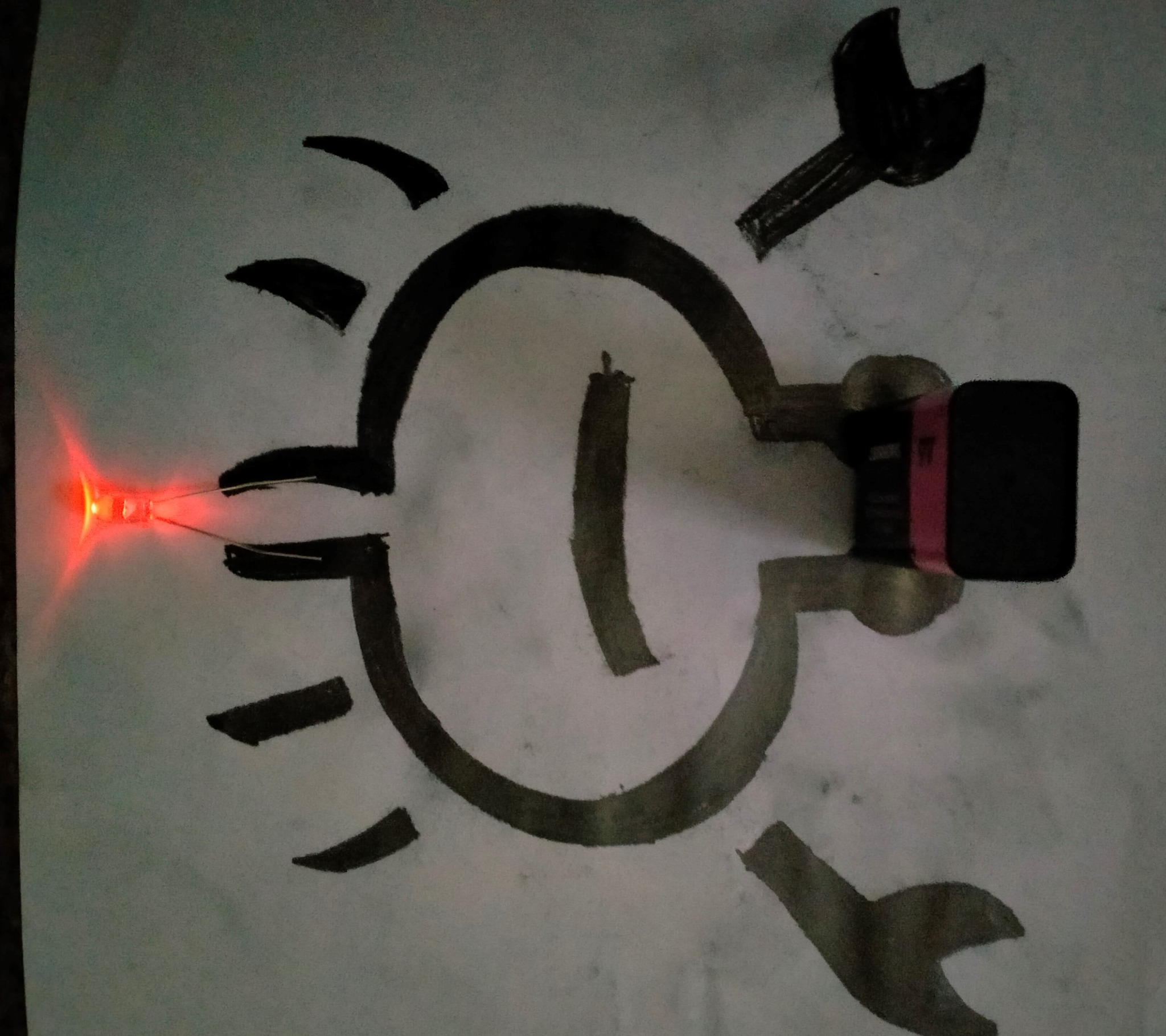
Primary school quantum
FLEET developed a hands-on workshop to engage primary school students with quantum physics, talking about how electricity and circuits work at the quantum level, with impact testing confirming that the students could conceptualise the quantum model of an atom, and could understand that electrons have a wave-like behaviour.
Further, students could conceptualise the nature of electrical resistance at the quantum level, and could link this to FLEET’s mission to develop low-energy electronics.
“There are many ‘opportunities’ to help teach quantum at primary school level,” says FLEET Outreach Coordinator Dr Jason Major, who developed the primary schools program in collaboration with FLEET outreach volunteers and Ashburton Primary School teachers.
“The world we inhabit and interact with exists because of quantum physics. Everything from mobile phones (superposition and band theory) to solar panels (energy quantisation) exist because of our understanding of quantum physics. Even energy from the Sun only occurs because of quantum physics (tunnelling).”
“Despite this, there is a disconnect between science taught in schools and science of the modern world. Our primary school curricula lack any topics on quantum concepts.”
FLEET’s quantum circuits workshop, made available to schools via the FLEET Schools web resource, will help primary students build familiarity with quantum concepts and the physical reality of how the world works.
Following the workshop, students’ ideas of an atom shifted from a classic-physics ‘cartoon’ model towards a quantum model, with electrons in uncertain positions forming a cloud around the nucleus, or drawn as waves.
Students also developed ideas of how electricity and resistance operate at the quantum level, and understood that electrical resistance involved electrons losing their energy as they flowed through a circuit. Some students could articulate that electrons had transferred their energy to the atoms in the conductor, and that this energy was then lost as heat.
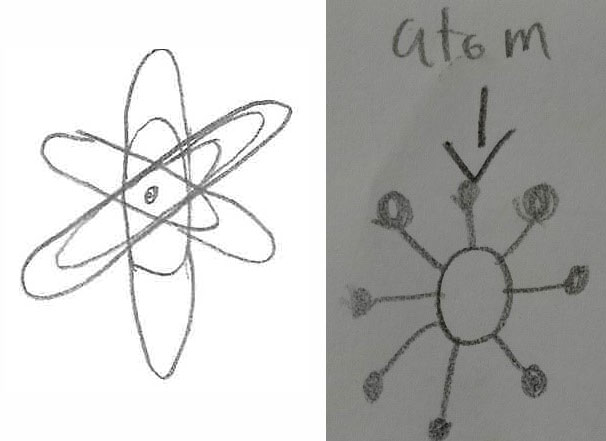
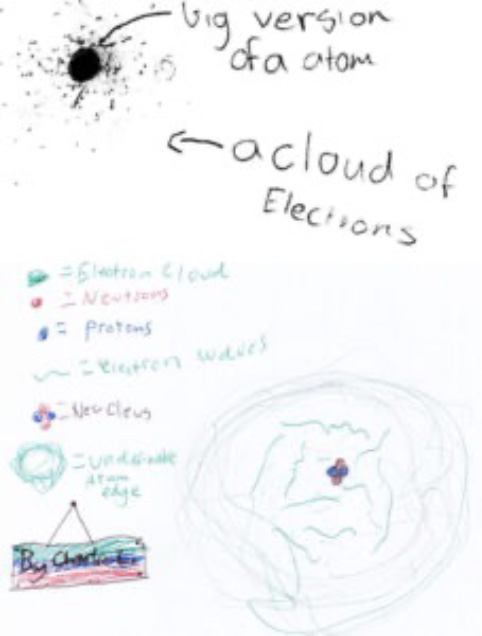
Secondary-school future electronics
FLEET designed and helped deliver a Year 10 ‘Future electronics’ course, in partnership with John Monash Science School, covering the history of semiconductors and computing, and introducing students to Moore’s Law.
For most of the 200+ students that have been through the course to date, the course was also their first introduction to quantum science.
From fundamental atomic and quantum concepts, the students were able to build up an understanding of the quantum function of diodes and transistors, and from there to logic circuits and the function of modern computing.
The course aimed to build students’ intuitive understanding of the issues, whenever possible, avoiding mathematical derivations and focusing instead on hands-on and discussion exercises that cemented the new knowledge.
“For FLEET, it was a wonderful opportunity to fine-tune our own explanations of these topics, said FLEET communication coordinator Errol Hunt, who developed the unit in 2019. “Fields such as topological materials are relatively new, and the most effective explanations have not yet been agreed upon. We charged the students with helping FLEET improve these explanations, thus involving the students with the challenges of science communication along the way!”
As far as we know it represents the first time in Australia that secondary school students have been taught about superfluids and topological materials. We have not found any other school resources that ‘build up’ such a deep understanding of the logic function of computers.
FLEET members delivered many of the lessons, allowing students to connect to ‘real’, working physicists, contributing to students’ broader and deeper understanding of physics as a discipline and career, and a consideration to study or pursue a career in physics.
Female FLEET members that developed and delivered lessons, exposed students (male and female) to a more diverse cast of physicists than the ‘pale, stale and male’ bearded, 19th-century gentlemen whose names and biographies are traditionally taught in physics classes.
For female JMSS students, seeing women doing important and valued physics research allowed them see a place for themselves in this field:
“Subjects like physics were more male dominated at my old school, [making me think that] females shouldn’t be in it. FLEET’s female speakers inspired me to reconsider, because I could see there is a place for females in this field.” (female JMSS student)
